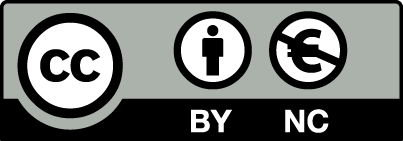Metal forming of lightweight magnesium alloys for aviation applications
Artykuł w czasopiśmie
MNiSW
30
Lista A
| Status: | |
| Autorzy: | Śliwa Romana E., Balawender Tadeusz, Hadasik Eugeniusz, Kuc Dariusz, Gontarz Andrzej, Korbel Adam, Bochniak Włodzimierz |
| Dyscypliny: | |
| Aby zobaczyć szczegóły należy się zalogować. | |
| Rok wydania: | 2017 |
| Wersja dokumentu: | Drukowana | Elektroniczna |
| Język: | angielski |
| Numer czasopisma: | 3 |
| Wolumen/Tom: | 62 |
| Strony: | 1559 - 1566 |
| Impact Factor: | 0,625 |
| Web of Science® Times Cited: | 27 |
| Scopus® Cytowania: | 31 |
| Bazy: | Web of Science | Scopus |
| Efekt badań statutowych | NIE |
| Materiał konferencyjny: | NIE |
| Publikacja OA: | TAK |
| Licencja: | |
| Sposób udostępnienia: | Witryna wydawcy |
| Wersja tekstu: | Ostateczna wersja opublikowana |
| Czas opublikowania: | W momencie opublikowania |
| Data opublikowania w OA: | 30 września 2017 |
| Abstrakty: | angielski |
| The work presents an analysis of selected magnesium alloys as structural materials to be used in production of aircraft parts as well as their technological parameters in some manufacturing processes. Upsetting test, backward extrusion and Kobo extrusion of complex cross-sectional profiles and forging process were realized using magnesium alloys AZ31, AZ61, AZ80, WE 43 and Mg alloy with Li for production of thin - walled aircraft profiles and forged aviation parts. The range of temperatures and extrusion rate for the manufacturing these profiles were determined. Tests also covered the analysis of microstructure of Mg alloys in the initial state as well as after the extrusion process. It has been proved that the proper choice of parameters in the case of a specific profile extruded from magnesium alloys allows the manufacturing of products of complex cross-sections and the quality required in aerospace industry. This has been demonstrated on the examples of complex cross-sectional profiles using elements of varied wall thickness and examples of forged aviation parts: aircraft wheel hub and helicopter lever for control system. |

